The Housing Authority of the County of Santa Clara (HACSC) has successfully transformed a previously foreclosed federal housing complex into a dignified and energy efficient, affordable family housing complex that annually feeds 244,350 kWh of renewable energy to the power grid and enables all the residents to “go solar” and reap the cost benefits of the property’s solar PV system.
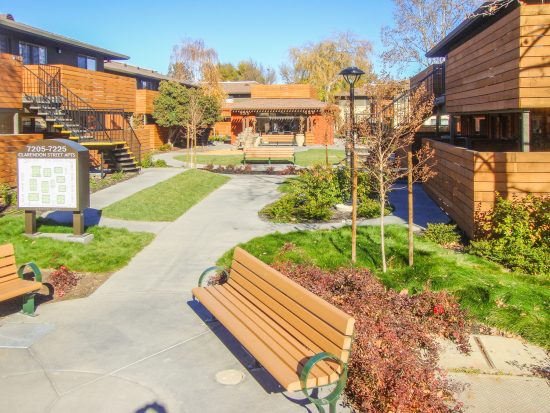
Years ago, it was with this organization that I was able to develop my skills at construction administration. I had the opportunity to work with some fine people at HACSC while simultaneously working on three of its construction projects which involved family housing, senior housing, and assisted living. A quick shout out and thank you to Mr. Frank Wall, architect and former HACSC Construction Manager, who tirelessly oversaw so many of the organization’s projects and taught me much about construction administration.
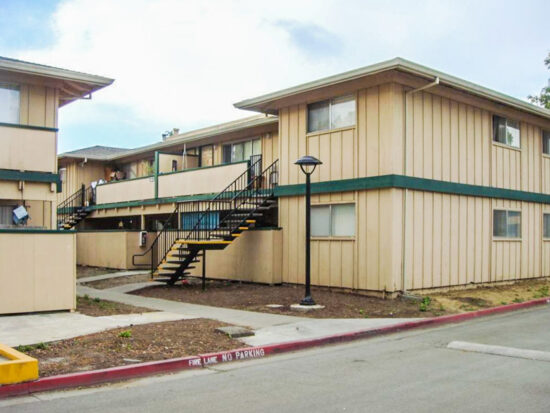
Formerly known as Villa Garcia Apartments built in the late 1970s, the renovated 80-unit Clarendon Street Apartments in San Jose, California received a major overhaul including upgrades to meet the Cal Green codes in late 2013. HACSC’s rehabilitation of its property consists of new and energy efficient mechanical, electrical, and plumbing systems, new building envelope systems (roofing, siding, and windows), water conserving landscaping and irrigation system, and low-VOC adhesives, paints, and floor finishes. The project team includes the Arbor Building Group, Inc. and MBA Architects.
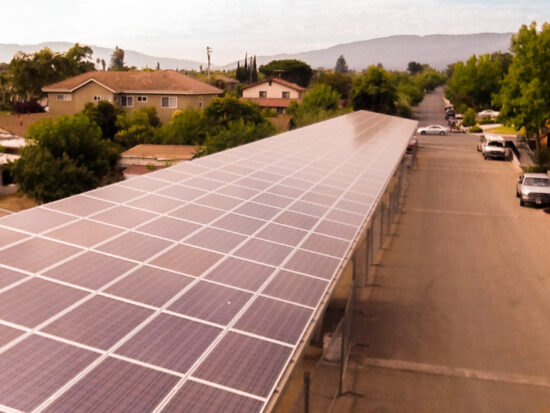
The most prominent green feature of the $9.1 million renovation is the 182 kW solar photovoltaic (PV) system of 72 panels spread out on top of three carports. The $912,824 PV system is estimated to save $48,000 annually in electricity costs. It is an example of a “community solar garden,” a community shared solar array that allows residents, through the use of virtual net metering** (VNM), to receive a credit on their electricity bill as if they owned their own solar panels generating their own renewable energy. The common practice for most multi-unit apartment complexes is to connect the PV system only to the common load meter. What electricity is generated is credited only to the common area electricity bill. But at Clarendon Street Apartments, all the residents are able to financially benefit from the renewable energy generated. Each of the 80 units are individually metered so that electricity usage is monitored and credit is proportionately distributed in the monthly electricity bill.
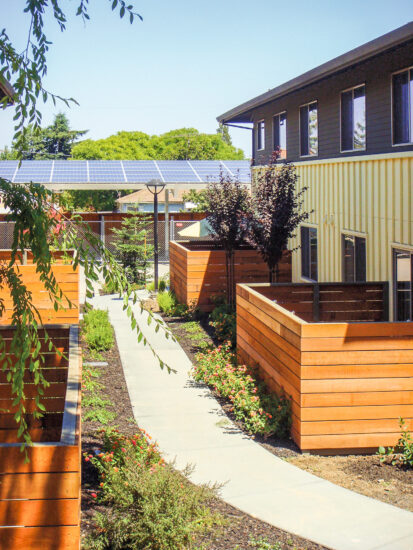
The Property’s PV system relies on micro-inverter technology which consists of solar panels each with its own built-in micro-inverter. (A traditional PV system relies on a central inverter.) The beauty of using this type of system is that each micro-inverter optimizes for its own solar panel, in contrast to a central inverter system that optimizes for the weakest link in a system. This also means that when a failure or coverage issue (ie, shading, dirt, etc.) occurs in one solar panel, it will not effect the performance of the rest of the system. It will also be easy to identify and replace any defective solar panel or address any coverage issue on a panel. The PV system at Clarendon Street Apartments, designed and installed by Sunetric, is backed by a 25-year manufacturer’s warranty on the micro-inverters, a 25-year warranty on power output, and av10-year warranty on workmanship and carport construction.
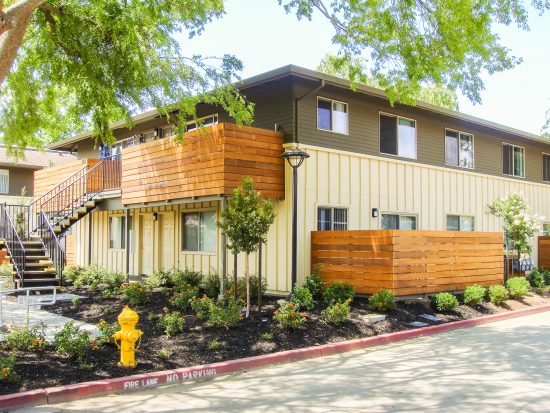
Residents of Clarendon Street Apartments are delighted to have the most advanced solar system in the Bay Area. As one resident said,
We’re not too well-off, but we know the community cares enough about us to give us access to advanced clean energy. We’re all excited about this and the chatter between residents has been non-stop.
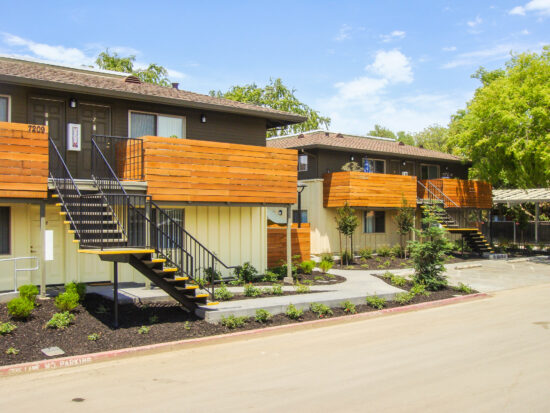
** The original intent of California’s virtual net metering (VNM) was to enable low-income multi-family residents to receive direct cost benefits of a Property’s solar PV system, rather than have the cost benefits go to the Property owner’s electricity bill. Now VNM is available to all multi-unit buildings with solar PV systems. VNM allows multi-unit apartment complexes to install a single solar system to cover the electricity load of both common and tenant areas connected at the same service delivery point. Each apartment unit is individually metered and the house load for all the common areas is also independently metered. The renewable energy generated by a Property’s PV system does not flow directly to any meter on the site, but rather it feeds directly back to the utility company’s power grid. The utility company then allocates the kilowatt hours from the energy produced by the solar PV system to both the building owner’s and tenants’ individual utility accounts, based on a pre-arranged allocation agreement. The continuing development of net metering policies, including those of California, have helped facilitate the expansion of renewable energy through on-site generation (distributed generation) at non-utility owned sites such as a multi-tenant property and made it easier for everyone to go solar.


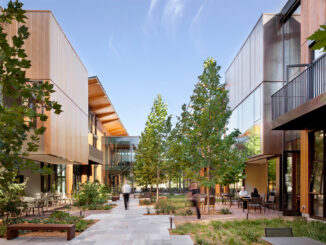

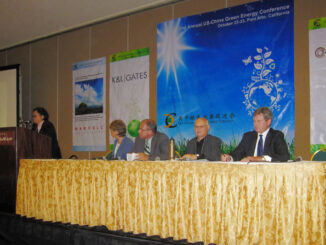
Be the first to comment